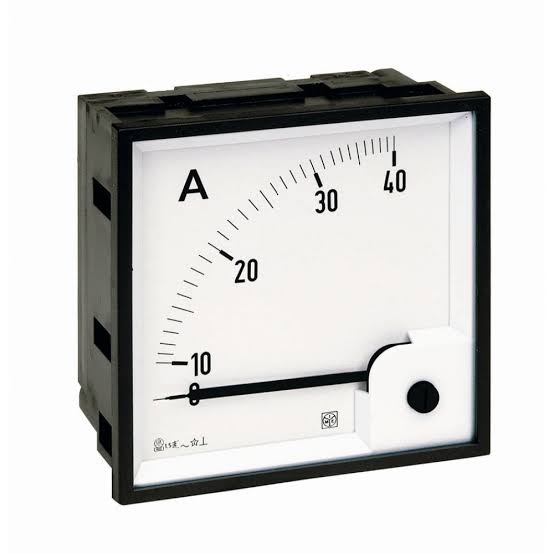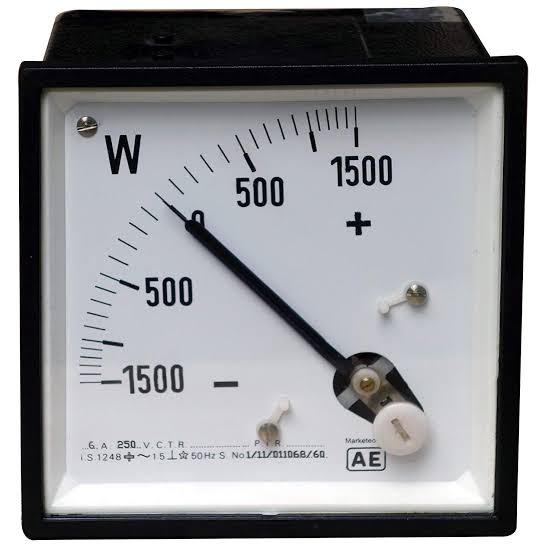What is an Multimeter?
A multimeter or a multitester, also known as a VOM (volt-ohm-milliammeter), is an electronic measuring instrument that combines several measurement functions in one unit. A typical multimeter can measure voltage, current, and resistance. Analog multimeters use a microammeter with a moving pointer to display readings. Digital multimeters (DMM, DVOM) have a numeric display, and may also show a graphical bar representing the measured value. Digital multimeters are now far more common due to their lower cost, greater precision having obsoleted analog multimeters.
A multimeter can be a hand-held device useful for basic fault finding and field service work, or a bench instrument which can measure to a very high degree of accuracy. Multimeters are available in a wide range of features and prices. Cheap multimeters can cost less than US$10.
Working principle
A multimeter is the combination of a DC voltmeter, AC voltmeter, ammeter, and ohmmeter. An un-amplified analog multimeter combines a meter movement, range resistors and switches; VTVMs are amplified analog meters and contain active circuitry.
For an analog meter movement, DC voltage is measured with a series resistor connected between the meter movement and the circuit under test. A switch (usually rotary) allows greater resistance to be inserted in series with the meter movement to read higher voltages. The product of the basic full-scale deflection current of the movement, and the sum of the series resistance and the movement's own resistance, gives the full-scale voltage of the range. As an example, a meter movement that required 1 mA for full-scale deflection, with an internal resistance of 500 Ω, would, on a 10 V range of the multimeter, have 9,500 Ω of series resistance.














0 Comments